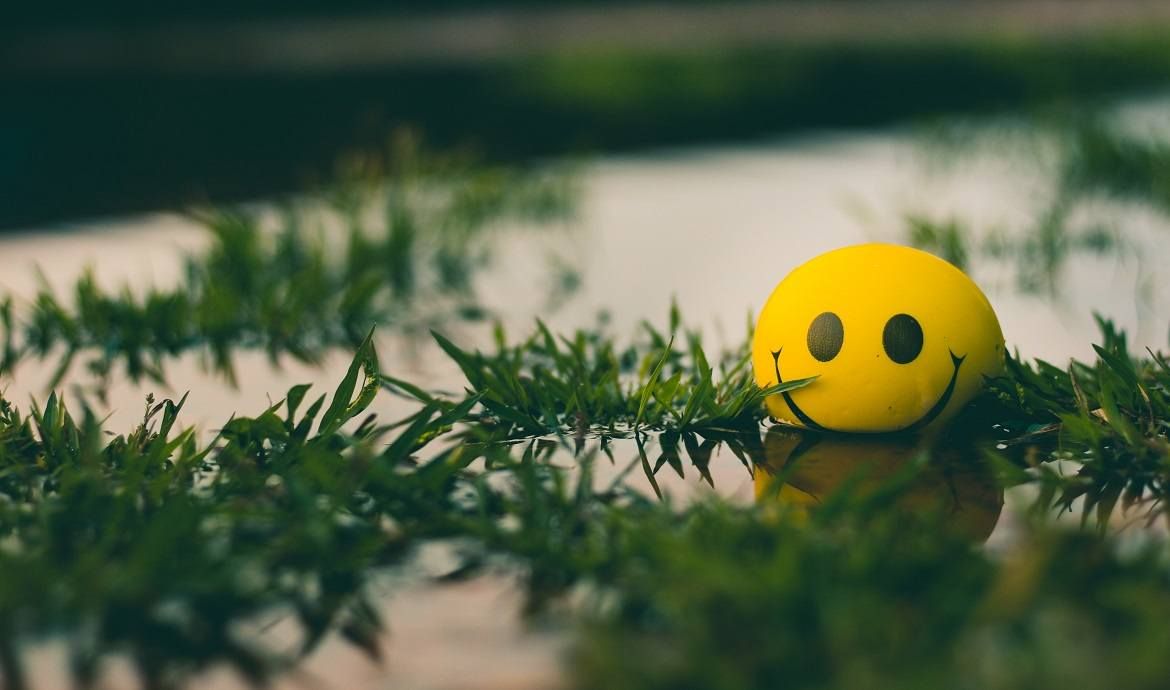
Why you can’t find happiness
Happiness is trending right now. It seems every four minutes someone publishes a blog post, article, or book about how to find happiness. The problem is that happiness cannot be found. It must be created.
The “find/discover” language used when discussing happiness is a result of the question social scientists often ask: “what are we all searching/looking for in life?” Thus we give birth to the notion that happiness can be found, stumbled upon the way in which one discovers a quaint new café. It’s a sophism that allows marketers to liken happiness to their products. Coca-Cola’s “open happiness” campaign and the commonly used “happiness in a cup” for coffees and teas are just two explicit examples.
As long as we keep thinking and talking about happiness as something that the lucky amongst us have found—and those that haven’t just need to look harder—the epidemic of consumerism, in terms of food and materials, will only continue to rise. People will continue to purchase products with the subconscious idea that the products will carry them closer to finding happiness. I see that as a real problem, and so I offer a new way of conceptualising happiness as a solution: create it.
Since many of us don’t grow things or craft things in our daily lives, we often forget about our ability to create. If we want tomatoes, what do we do? We don’t plant them (most of us at least), instead we go to the grocery store to buy them. That mentality permeates our thinking across the brain so that whenever the question “What do I want?” is asked, the sequential question becomes “And where can I get it?” Thus, as a culture we need a paradigm shift towards embracing ourselves as creators.
Creating happiness is quite simple. Since myriad research demonstrates that gratitude is a keystone of happiness (there is a separate article focused just on this at the end of the book), start cultivating contentment by growing a garden of gratitude. In every moment that you feel fear or frustration, make a mental list of three things for which to be grateful. This allows bliss to blossom from within. Like all gardens, they need to be watered daily for the seeds of happiness to grow and thrive.
Secondly, change the way you vocalise negativity. Anytime I am experiencing a less than ideal situation—getting in a fender bender, for example—instead of cursing, I’ve taken to saying, “Oh Joy!” This reminds me that no matter what dramas I am experiencing, I still have thousands of reasons to be thankful. Drinking a juicy cup of Oh Joy daily reminds me that I must create and nurture happiness internally, because there’s nothing to be found out there. Internal creates external so if I want a happy life, I must create happiness inside my mind.
Regardless of what happens in life, we get to decide what meaning to ascribe to it. Thus, you create the whole of your reality and you can change any experience by changing what you make it mean. I encourage you to find the meanings that make you feel the way you want to feel. For most of us, that’s joyful. Beginning with awareness of appreciation is a great place to start.
Keeping a gratitude journal is one of the most effective ways of counteracting your brain’s natural negativity bias, re-training it to focus on what’s good. I call it looking for the love instead of looking for the lack. I invite you to take time each day to look for the good, and to never let another week pass without recounting what you’re most grateful for. I know some days this may be a more challenging exercise than on other days, but I guarantee it’s worthwhile.
Continuous usage of a gratitude journal sets up a permanent pattern in your brain so that when you encounter a challenge, you automatically look for the blessing. You can find a gratitude journal here.
What can you be grateful for? When you look for that, you find it.



